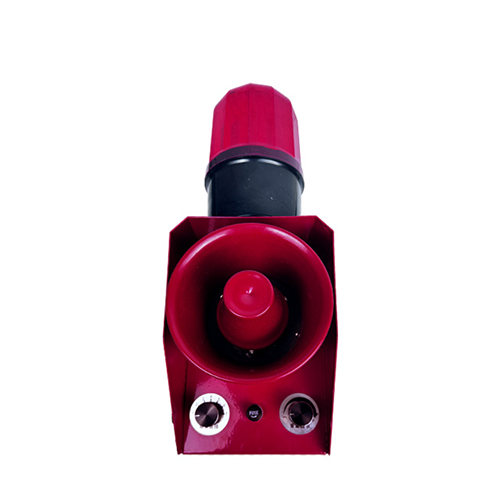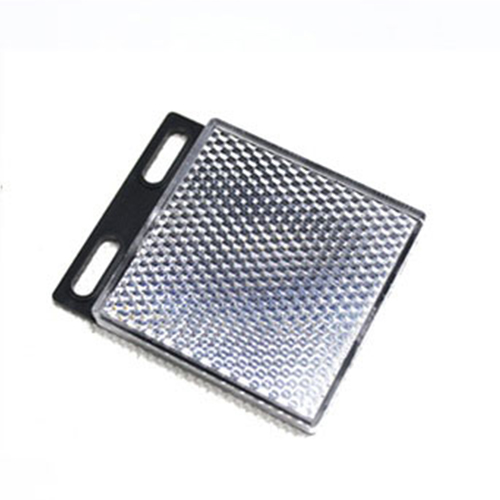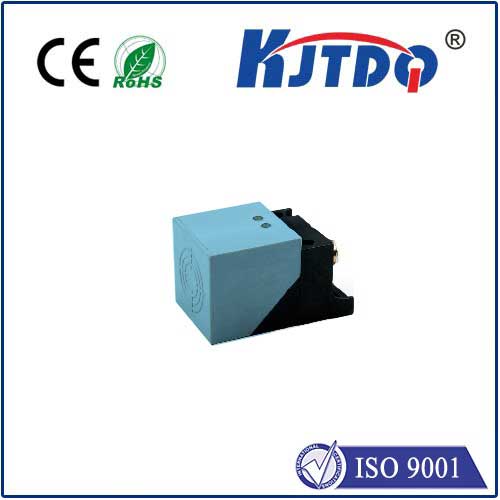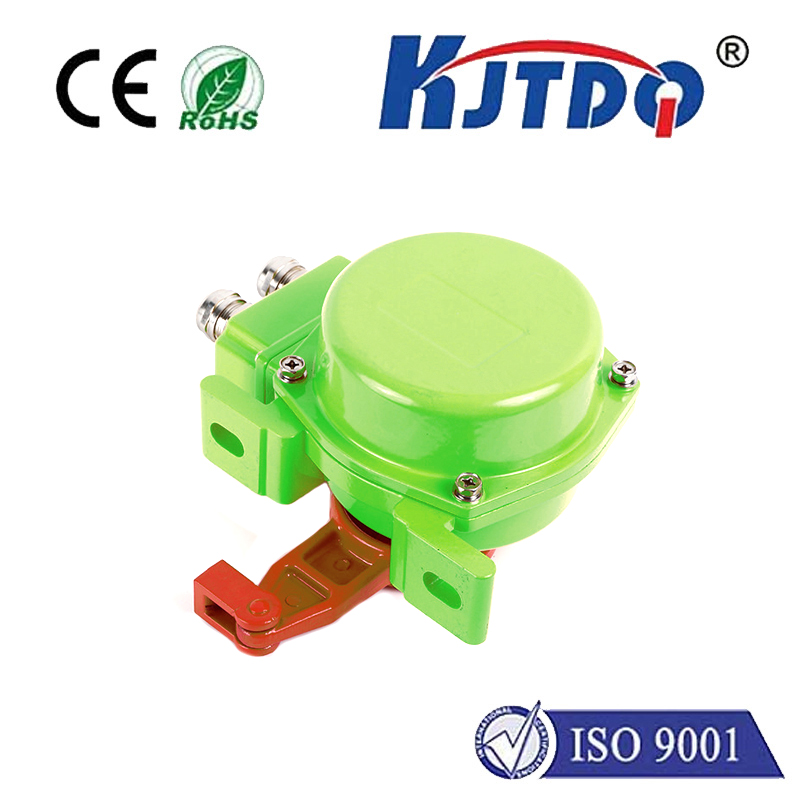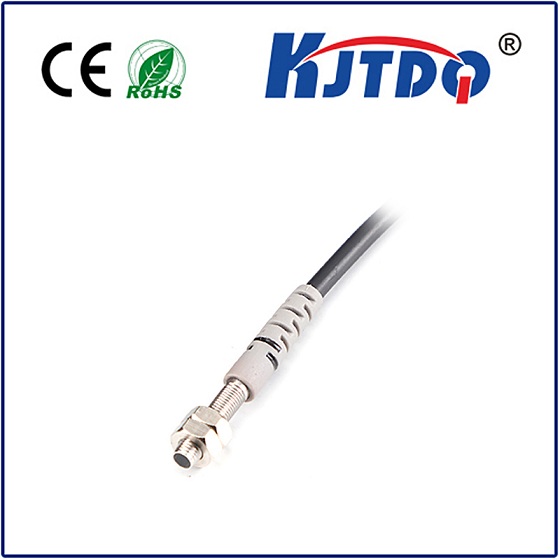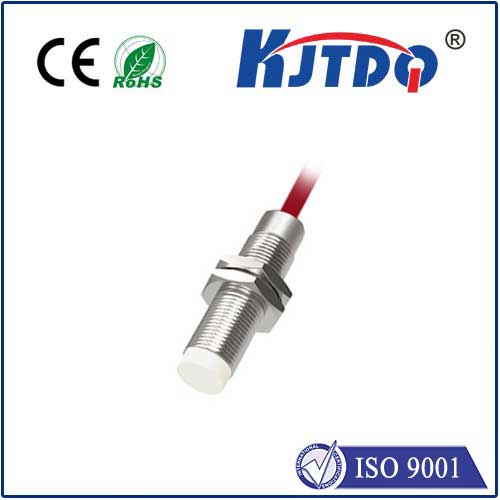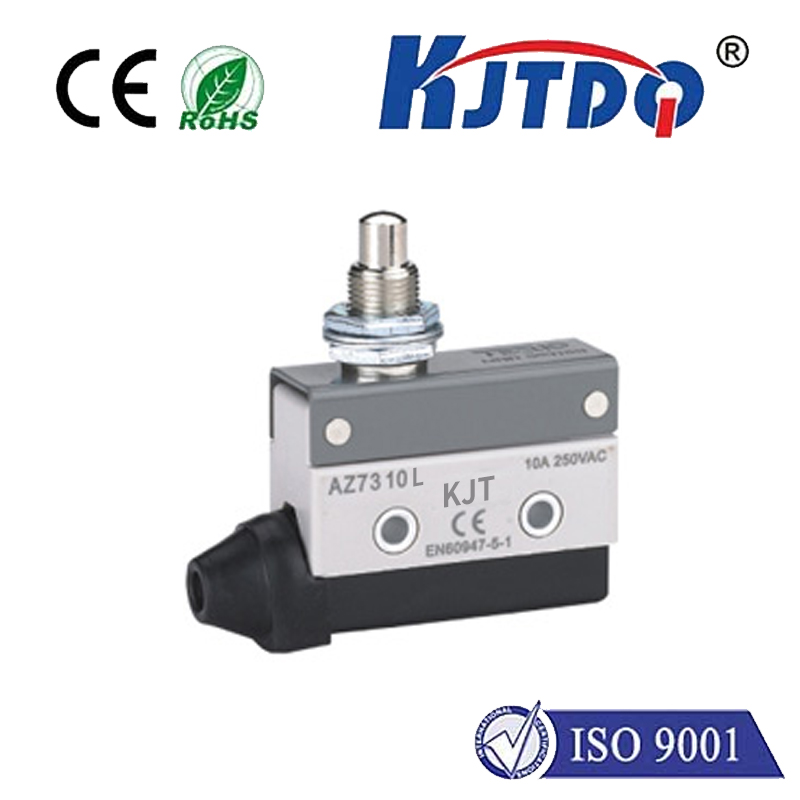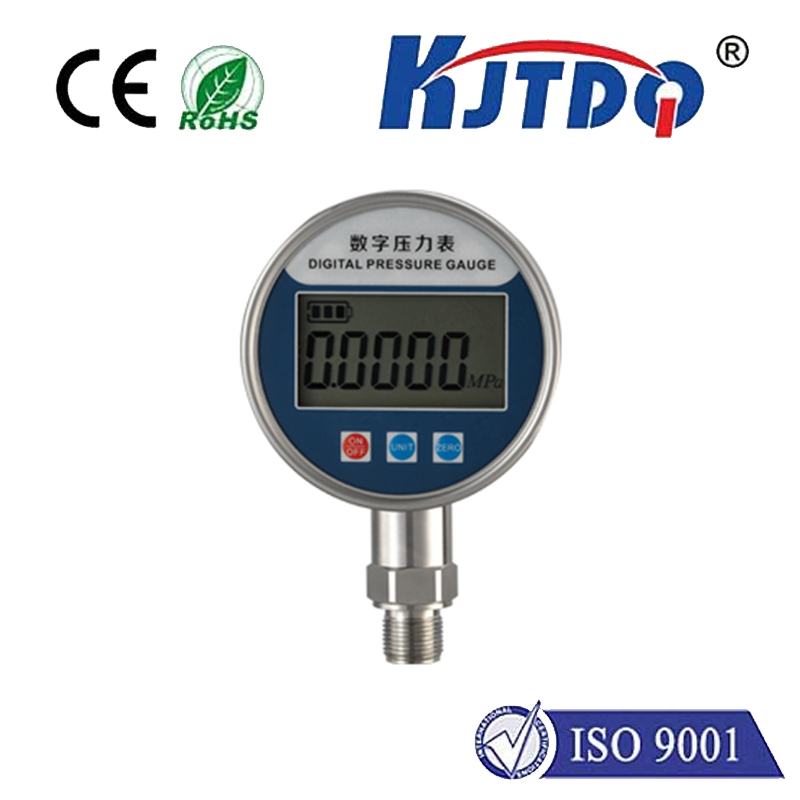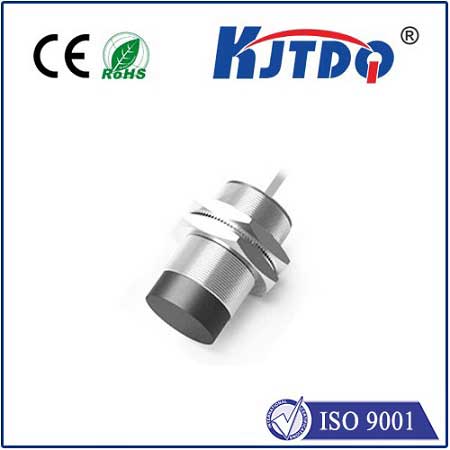

check

check

check

check

check

check

check

check

check

check
Title: The Revolutionizing Small Inductive Sensors: Transforming the Future of Industrial Automation
Introduction
The small inductive sensor has been a game-changer in various industries, including manufacturing, automotive, aerospace, and medical. These sensors offer unparalleled accuracy, reliability, and versatility, making them an indispensable tool for modern industrial automation systems. With their ability to detect and measure small changes in electrical conductivity, they are revolutionizing the way we monitor and control processes in real-time. This article will explore the history and evolution of small inductive sensors, their applications, and the future possibilities they hold.
The Evolution of Small Inductive Sensors
Small inductive sensors trace their roots back to the late 19th century, when scientists discovered that certain materials could be used to generate an electric current when a magnetic field was applied. These early sensors were crude and inefficient, but as technology advanced, so did the design and capabilities of these devices.
In the early 20th century, engineers began using small inductive sensors to detect the presence of metal in a material. The first practical application of this technology was in the production of electrical contacts, where it proved invaluable for improving the efficiency and accuracy of contact assembly.
The 1960s saw the introduction of small inductive sensors that could detect changes in electrical conductivity caused by temperature or humidity variations. These sensors found widespread use in industrial processes such as food processing, pharmaceuticals, and packaging operations.
In the 1980s, advances in microelectronics led to the miniaturization of small inductive sensors. New materials and fabrication techniques allowed for the development of compact and high-performance sensors with improved accuracy and sensitivity.
Today's Small Inductive Sensors
Small inductive sensors today are marvels of engineering, boasting unprecedented precision and versatility. They can detect changes in electrical conductivity caused by a wide range of factors, including temperature, pressure, vibration, and even chemical reactions. They can also be made into complex shapes and sizes, allowing them to fit into even the most intricate industrial systems.
One of the key advantages of small inductive sensors is their ability to operate without power sources. They rely solely on the changing electric fields produced by other devices to detect signals, making them ideal for remote monitoring and control applications. They are also highly resistant to environmental factors such as moisture, dust, and extreme temperatures, ensuring reliable performance even in harsh operational conditions.
Applications of Small Inductive Sensors
Small inductive sensors have a multitude of applications across various industries. Here are some examples:
1. Industrial自动化: Small inductive sensors are widely used in industrial processes such as material handling, welding, painting, and assembly line automation. They help improve efficiency, accuracy, and safety by providing real-time feedback on process variables.
2. Automotive industry: In the automotive industry, small inductive sensors are used to detect faults in engine management systems, fuel injection systems, and emission control systems. They help ensure optimal performance and reduce maintenance costs.
3. Medical equipment: Small inductive sensors are used in medical devices such as blood pressure monitors, thermometers, and insulin pumps. They provide accurate measurements without compromising patient privacy or comfort.
4. Aerospace: In aerospace applications, small inductive sensors are used to detect damage or malfunctions in critical components such as engines, fuel systems, and navigational instruments. They help ensure safe and reliable flight operations.
5. Environmental monitoring: Small inductive sensors are employed in environmental monitoring systems to detect pollution levels, temperature fluctuations, and other environmental parameters. They help protect public health and promote sustainable development.
Future Developments in Small Inductive Sensors
The future of small inductive sensors looks bright, with ongoing research focusing on improving their performance and expanding their range of applications. Key areas of development include:
1. Integration with other technologies: Small inductive sensors are being integrated with other cutting-edge technologies such as artificial intelligence (AI), machine learning (ML), and Internet of Things (IoT) devices to create intelligent systems capable of autonomous decision-making and data analysis.
2. Miniaturization: As miniaturization continues to progress at an exponential rate
